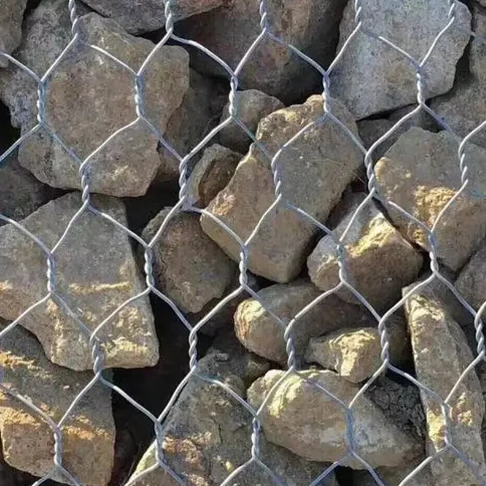Οκτ . 14, 2024 16:44 Back to list
Manufacturing Processes and Techniques for Iron Nail Production and Quality Control
The Manufacture of Iron Nails A Comprehensive Overview
Iron nails have been utilized for centuries, serving as essential fasteners in a variety of construction and crafting applications. From their primitive beginnings in ancient civilizations to the modern manufacturing processes, the journey of iron nails reflects advancements in metalworking and production techniques. This article explores the history, manufacturing process, and significance of iron nails in today’s world.
Historical Context
Iron nails date back to as early as 300 BC, with evidence of their use in both the Roman Empire and ancient China. Initially, nails were handcrafted from wrought iron, a labor-intensive process requiring significant skill. As industrialization progressed, particularly in the 19th century, the production of nails shifted to more efficient manufacturing methods, particularly with the advent of machinery that could produce nails at a much faster rate than hand-forging.
Raw Materials
The primary material for iron nail production is iron, often sourced in the form of iron ore. After extraction, the ore undergoes smelting to separate the iron from impurities. The resulting pig iron can then be converted into wrought iron or steel, depending on the desired properties of the final product. While traditional wrought iron nails are still made, steel nails have become more prevalent due to their strength and durability.
Manufacturing Process
The modern manufacture of iron nails can be broken down into several key stages
1. Material Preparation The process begins with the selection and preparation of raw materials. Steel wire of various grades is often used as it provides a balance between strength and flexibility. The wire is typically drawn down to the desired thickness.
2. Cutting The wire is cut into specified lengths, which depend on the size of the nails being produced. Automated machines perform this task efficiently, ensuring uniformity in nail size.
iron nail manufacture

3. Forming Once cut, the wire pieces are fed into a nail-making machine, which stamps and shapes the cut wire into nail form. This process involves forming the head of the nail and giving it a pointed tip for easy penetration into materials.
4. Heat Treatment Heat treatment may be applied to enhance the physical properties of the nails. This can involve processes such as hardening and tempering, which improve strength, reduce brittleness, and enhance corrosion resistance.
5. Finishing The finished nails may undergo various finishing processes, including galvanizing (coating with zinc) to prevent rusting, or coating in other materials to enhance durability. Some nails might receive additional treatments for special applications, such as waterproofing.
6. Quality Control and Packaging After production, nails undergo quality control checks to ensure they meet industry standards. Once approved, they are packaged for distribution, ready to serve in construction, woodworking, and other applications.
Significance in Modern Applications
Iron nails are fundamental to the construction industry. They are employed in framing, roofing, and flooring, among other applications. Beyond construction, they are also utilized in furniture making, crafts, and various repair work. The versatility and strength of iron nails, coupled with their cost-effectiveness, ensure their continued relevance.
Moreover, sustainable manufacturing practices are increasingly being implemented in the production of iron nails. Eco-friendly processes, such as recycling scrap metal, contribute to reducing environmental impact while maintaining efficient production levels.
Conclusion
The manufacture of iron nails is a fascinating blend of tradition and modern technology. From ancient hand-forged methods to contemporary, automated production lines, the evolution of iron nail manufacturing mirrors broader advancements in metallurgy and industrial practices. As the world continues to grow and develop, these seemingly simple yet essential fasteners will undoubtedly remain vital in numerous applications, supporting structures and projects globally. Their contribution to construction and craftsmanship will ensure their legacy for generations to come.
-
The Role of Field Wire Fence in Grassland Conservation
NewsJul.15,2025
-
Stainless Steel Razor Wire Durability in Coastal Environments
NewsJul.15,2025
-
Enhancing Home Security with Mesh Fences
NewsJul.15,2025
-
Diamond Mesh Wire for Small Animal Enclosures
NewsJul.15,2025
-
Common Wire Nail Tensile Strength Testing for Woodworking
NewsJul.15,2025
-
Barbed Wire Corrosion Resistance Galvanization Techniques
NewsJul.15,2025









